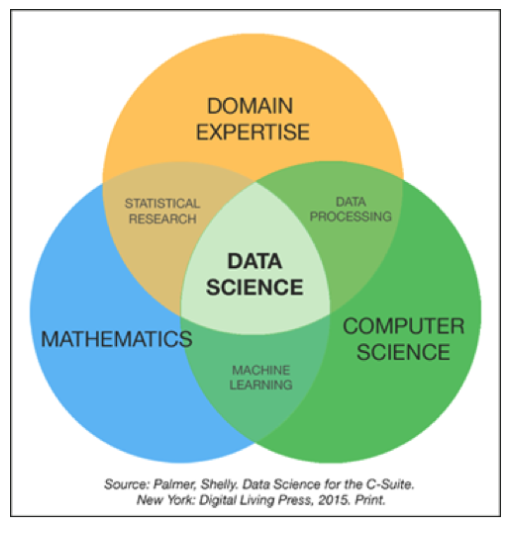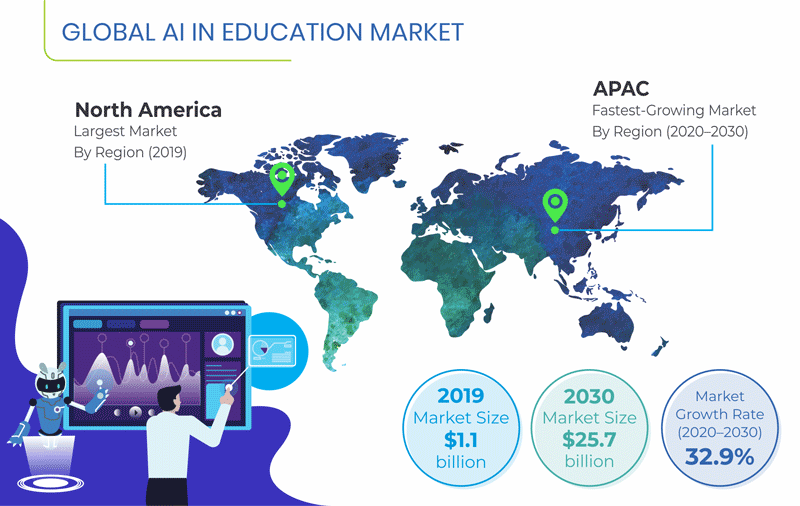
Robots evolution is not a new concept. This process is still evolving. The process is called unsupervised evolution, which is the basis for autonomous systems that operate without human oversight. Robots are able to learn new tasks and change their abilities without human supervision. This evolutionary process is ongoing and does not have a definitive end. Nevertheless, it is one of the most promising methods to improve real-world robotics. We will examine the main issues that robot evolution faces and how we can benefit from it in the future.
Challenges in robot evolution
Robots can be an alternative to humans, which is why they are considered the dominant species in the animal world. Robots could be able to reproduce at a rapid rate and deplete resources, which is a problem. This is reminiscent the the locust disease, which in the past caused widespread starvation and famine. There are two options to solve this problem. Limiting the production of robots per day is one option. Another is to design breeding programs that prevent robots from sharing operational data.
This method is known as emergent evolutionary and it is highly unpredictable. Robots may acquire abilities they never intended. It is also likely to result in unpredictable characteristics, such as an ability to sense the presence of objects. It's similar to the way nature works. If we're lucky, robots will look like humans or squirrels. In both cases, however, the design process may have unexpected consequences, as it might be too complex for our current knowledge.

Efficacy in ER
ER refers to the application evolutionary methods to generate a robot's body and brain. The Khephera robot was the first subject of research in this area. However, the Efficacy Of ER can also serve other purposes. Here are some examples. This article will examine how ER works in simple situations. We will then explore some of its complexities.
The FPTA test can be used to examine the ER in a complex maze environment. Because of its complexity, the visual search strategy required to find the ER in a maze environment is different from one used in an empty area. Similar evaluation procedures were used in previous experiments. The trial maximum length was 200 time-steps. It is a test of the effectiveness of ER for robot evolution. FPTA bootstraps behavior with incremental methodology.
Impact of ER upon real-world robots
The purpose of evolutionary robotics (or robot control) is to manipulate large numbers of similar robots. Another use for evolutionary robotics includes the reproduction of psychological phenomena and the study of artificial neural network. Transferability of controllers is a challenge when using the ER method. This can require a large number and long-term evaluations. This problem can be overcome with other robotics techniques such as artificial neural network.
Economists calculated the impact of ER upon real-world robot adoption by studying how different industries use them. In the U.S., for example, the adoption of robots has resulted in a reduction in employment, a 0.42% drop in the employment-to-population ratio, and an average of six fewer workers in commuting zones. However, other economists have shown that robot adoption does not necessarily decrease employment levels.

Future of ER
Although the future of ER robotics remains uncertain, the science behind it is fascinating. A biologist analyses the remains of past creatures and looks at their genetic codes before proposing theoretical approaches to population biology. ER is an alternative approach to synthetic biology that uses robots to evolve entities in order for hypotheses to be tested. Unlike a traditional experiment, the future of ER robots is not only about engineering, but is also about applying biology to engineering problems.
The ER process is a holistic approach that solves robotic problems. It requires large amounts of evaluations. Many robots that have evolved use artificial neural networks. These were designed with learning in mind. The evolution of robots can also be enhanced by online learning capabilities. ER is a promising approach to solving many problems. Robots that use this technology might also aid the medical community in their efforts to improve patient care.
FAQ
What does AI mean today?
Artificial intelligence (AI), which is also known as natural language processing, artificial agents, neural networks, expert system, etc., is an umbrella term. It's also known as smart machines.
The first computer programs were written by Alan Turing in 1950. His interest was in computers' ability to think. In his paper, Computing Machinery and Intelligence, he suggested a test for artificial Intelligence. The test seeks to determine if a computer programme can communicate with a human.
John McCarthy, who introduced artificial intelligence in 1956, coined the term "artificial Intelligence" in his article "Artificial Intelligence".
There are many AI-based technologies available today. Some are very simple and easy to use. Others are more complex. They can range from voice recognition software to self driving cars.
There are two major types of AI: statistical and rule-based. Rule-based uses logic for making decisions. A bank account balance could be calculated by rules such as: If the amount is $10 or greater, withdraw $5 and if it is less, deposit $1. Statistic uses statistics to make decision. To predict what might happen next, a weather forecast might examine historical data.
What is the most recent AI invention?
Deep Learning is the most recent AI invention. Deep learning, a form of artificial intelligence, uses neural networks (a type machine learning) for tasks like image recognition, speech recognition and language translation. Google developed it in 2012.
Google was the latest to use deep learning to create a computer program that can write its own codes. This was done using a neural network called "Google Brain," which was trained on a massive amount of data from YouTube videos.
This enabled the system learn to write its own programs.
In 2015, IBM announced that they had created a computer program capable of creating music. The neural networks also play a role in music creation. These are known as "neural networks for music" or NN-FM.
Are there any AI-related risks?
Of course. They will always be. AI is a significant threat to society, according to some experts. Others argue that AI is necessary and beneficial to improve the quality life.
AI's greatest threat is its potential for misuse. If AI becomes too powerful, it could lead to dangerous outcomes. This includes robot overlords and autonomous weapons.
AI could also take over jobs. Many people are concerned that robots will replace human workers. However, others believe that artificial Intelligence could help workers focus on other aspects.
For instance, economists have predicted that automation could increase productivity as well as reduce unemployment.
Statistics
- While all of it is still what seems like a far way off, the future of this technology presents a Catch-22, able to solve the world's problems and likely to power all the A.I. systems on earth, but also incredibly dangerous in the wrong hands. (forbes.com)
- A 2021 Pew Research survey revealed that 37 percent of respondents who are more concerned than excited about AI had concerns including job loss, privacy, and AI's potential to “surpass human skills.” (builtin.com)
- In 2019, AI adoption among large companies increased by 47% compared to 2018, according to the latest Artificial IntelligenceIndex report. (marsner.com)
- More than 70 percent of users claim they book trips on their phones, review travel tips, and research local landmarks and restaurants. (builtin.com)
- By using BrainBox AI, commercial buildings can reduce total energy costs by 25% and improves occupant comfort by 60%. (analyticsinsight.net)
External Links
How To
How to set Cortana's daily briefing up
Cortana, a digital assistant for Windows 10, is available. It is designed to assist users in finding answers quickly, keeping them informed, and getting things done across their devices.
To make your daily life easier, you can set up a daily summary to provide you with relevant information at any moment. The information can include news, weather forecasts or stock prices. Traffic reports and reminders are all acceptable. You have the option to choose which information you wish to receive and how frequently.
Win + I will open Cortana. Select Daily briefings under "Settings", then scroll down until it appears as an option to enable/disable the daily briefing feature.
Here's how you can customize the daily briefing feature if you have enabled it.
1. Start the Cortana App.
2. Scroll down to the "My Day" section.
3. Click the arrow to the right of "Customize My Day".
4. Choose which type you would prefer to receive each and every day.
5. Change the frequency of updates.
6. Add or remove items to your list.
7. Save the changes.
8. Close the app.